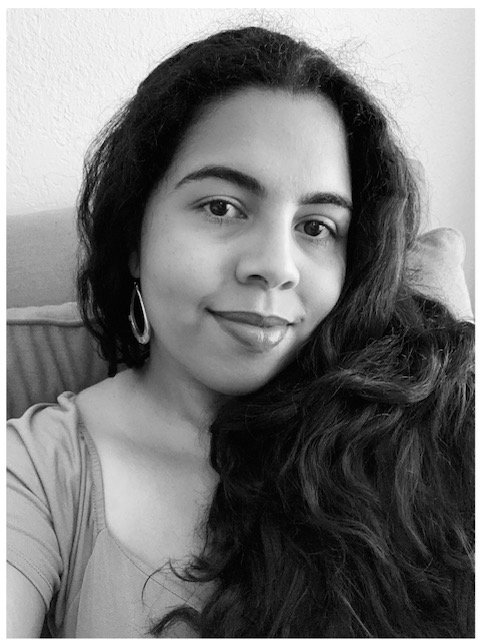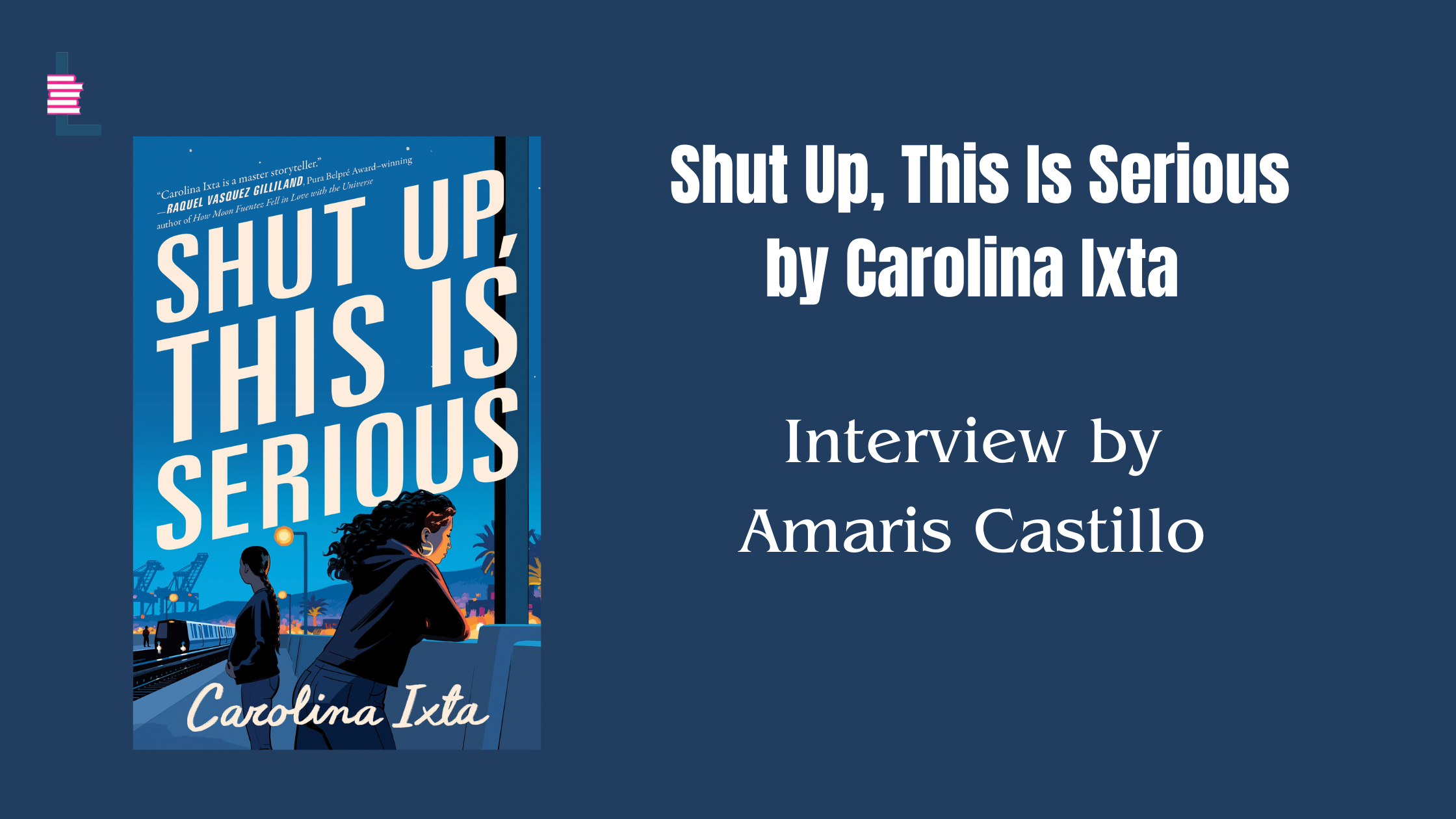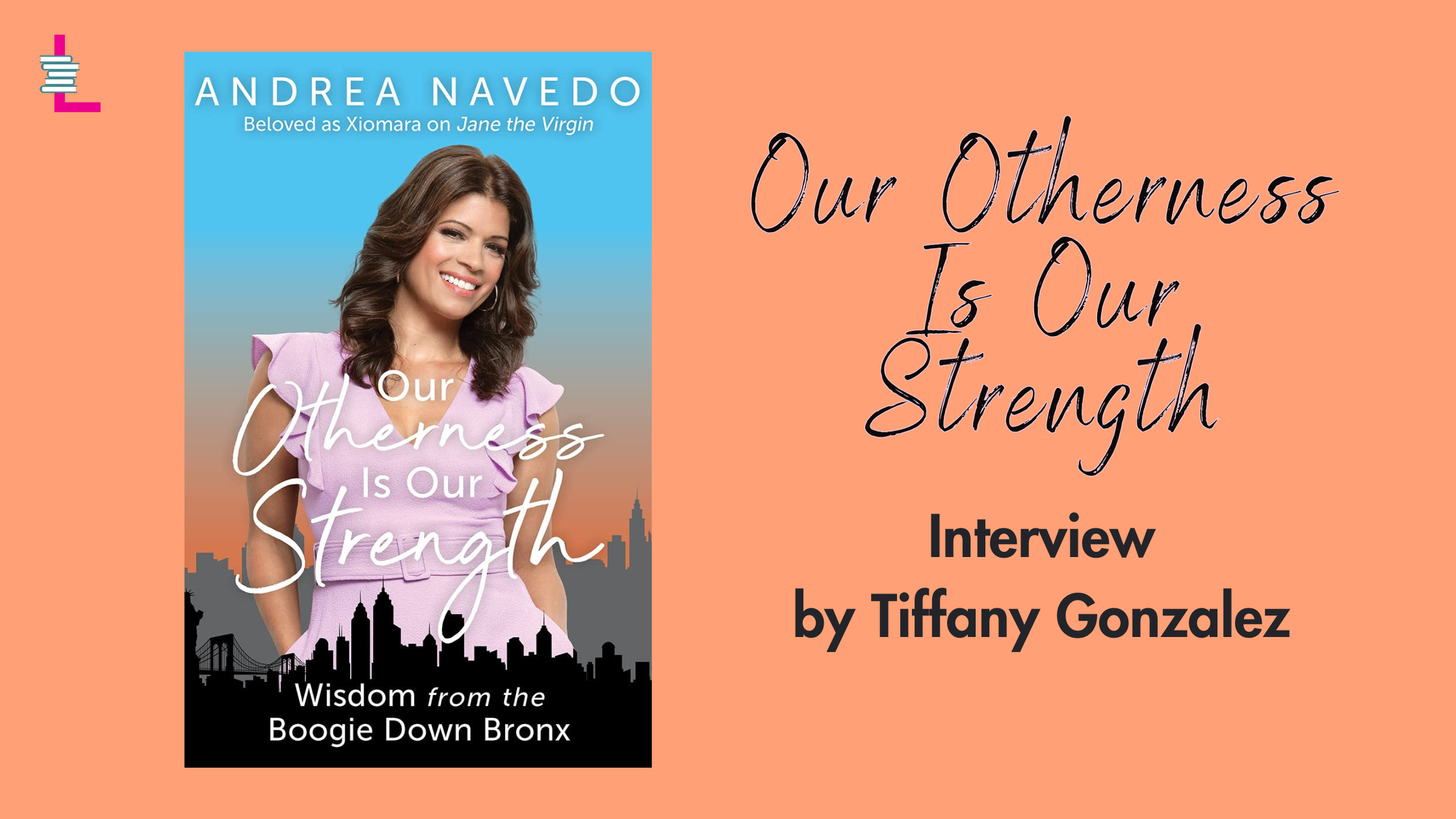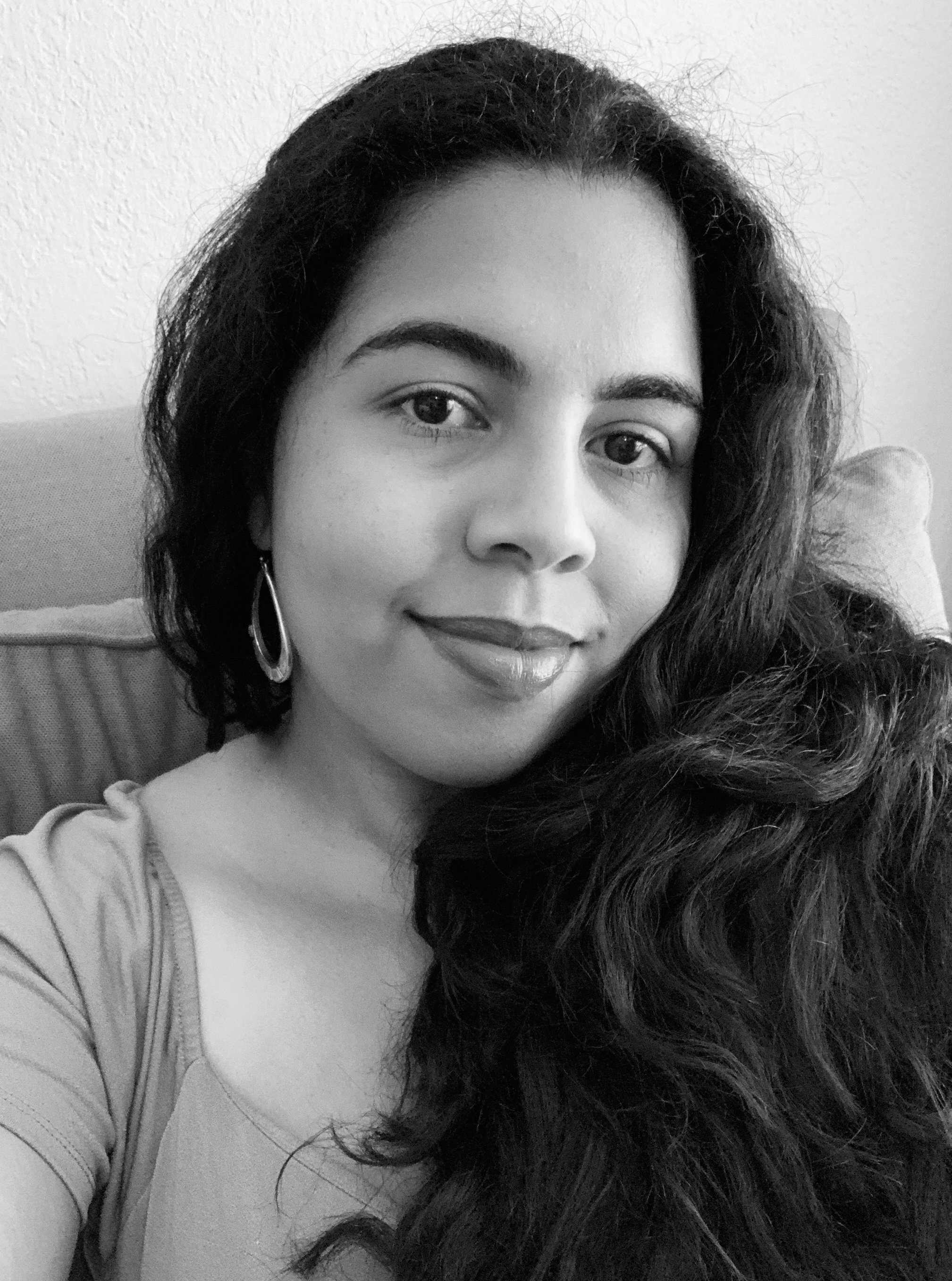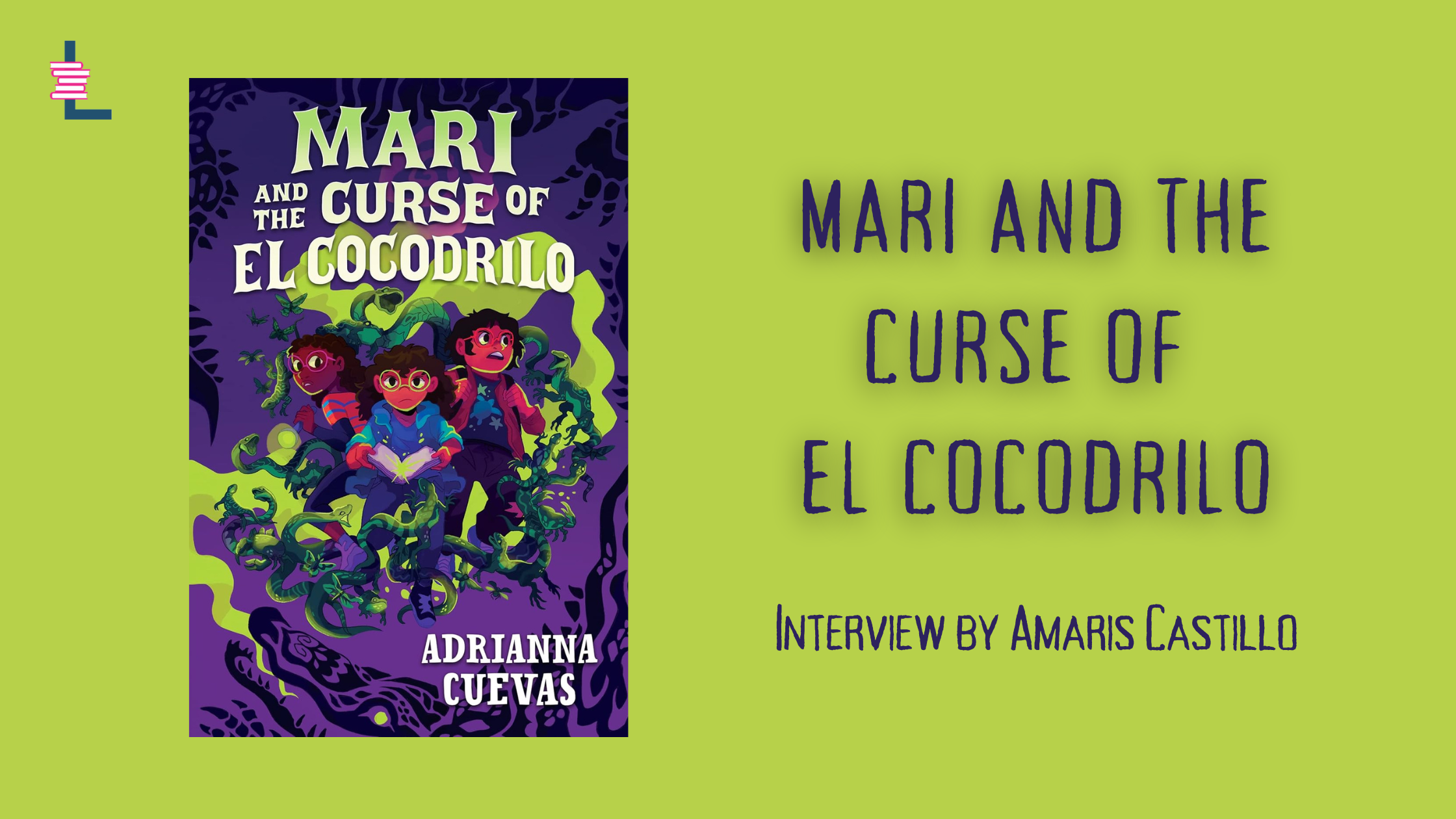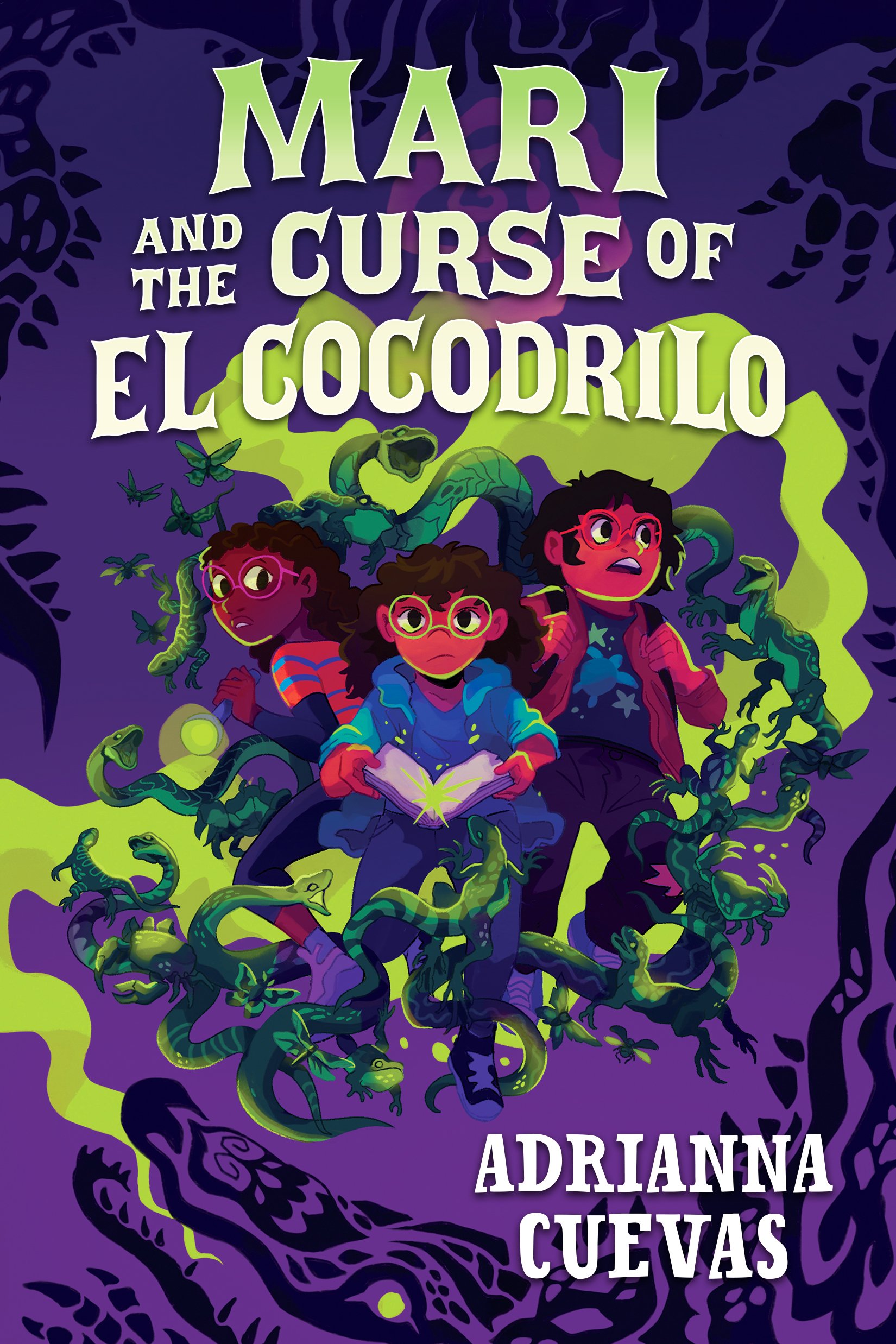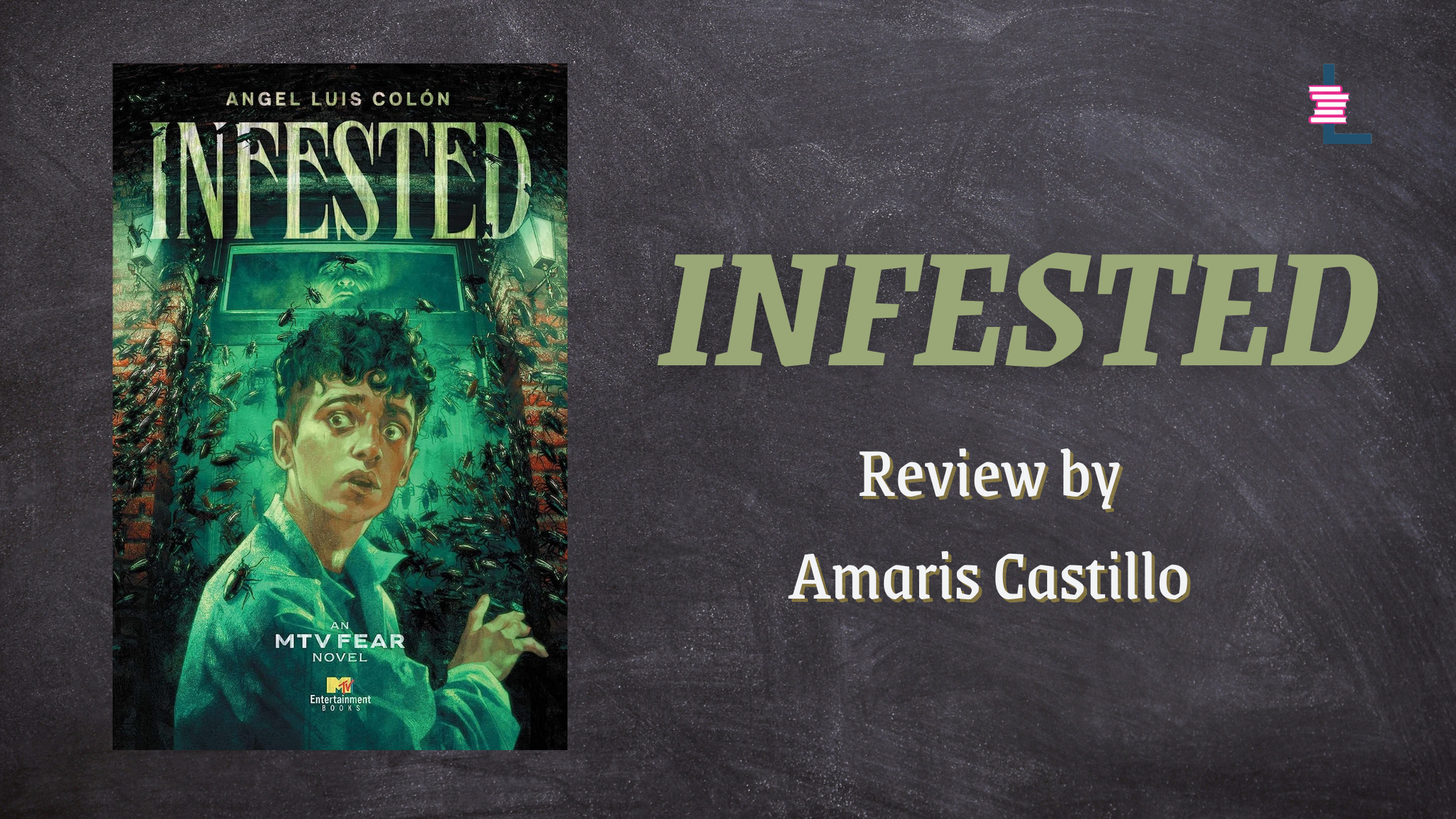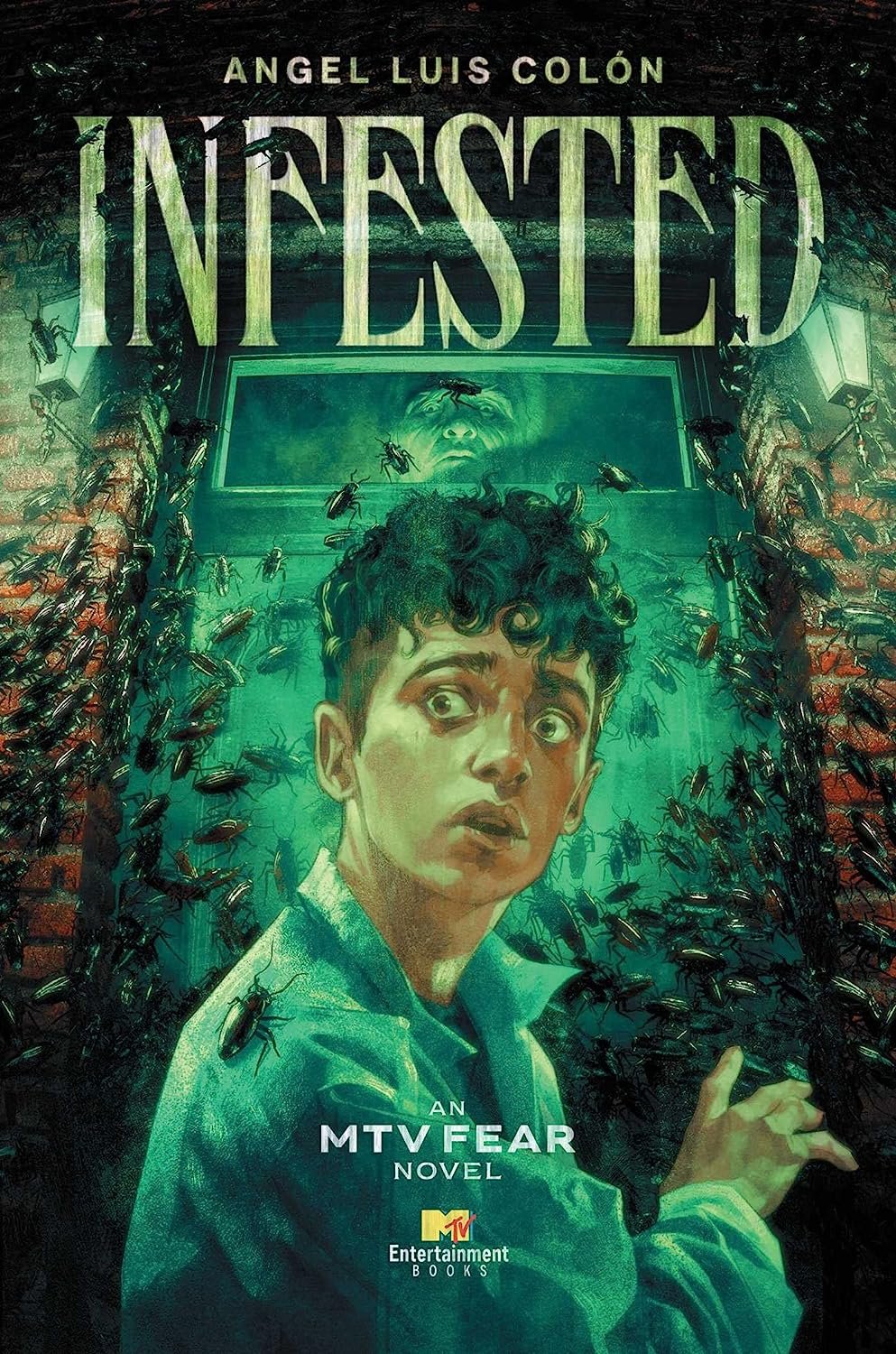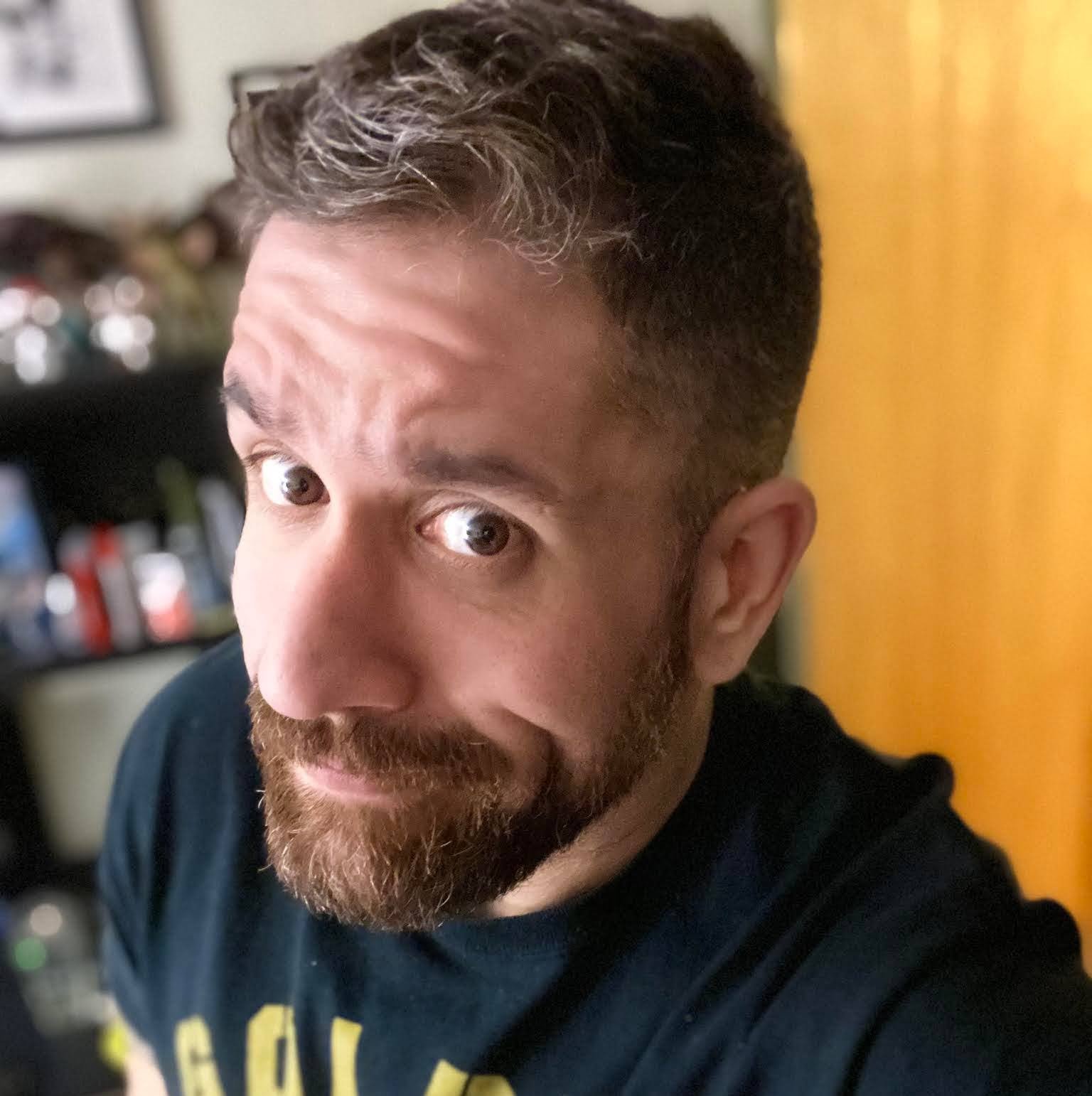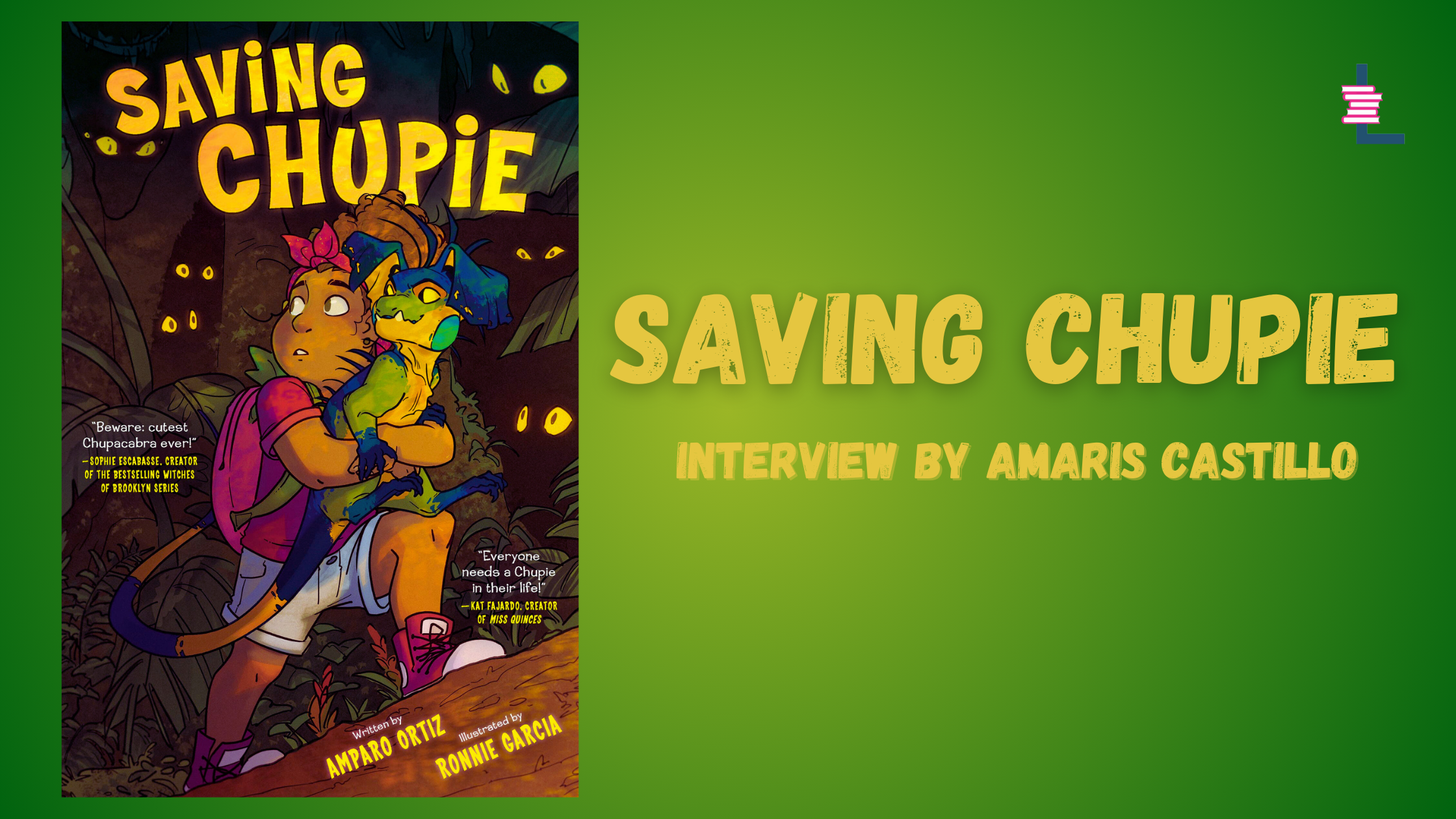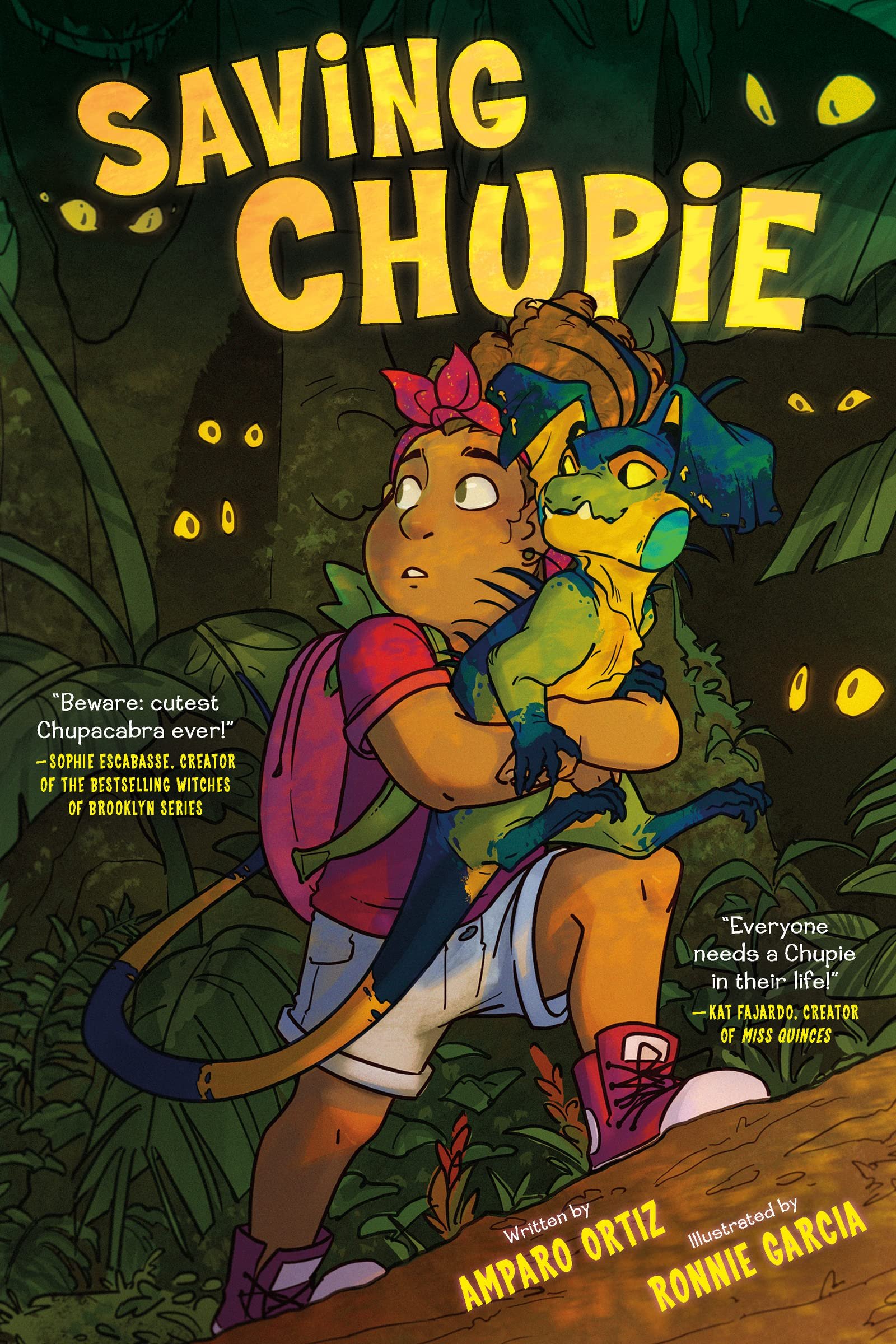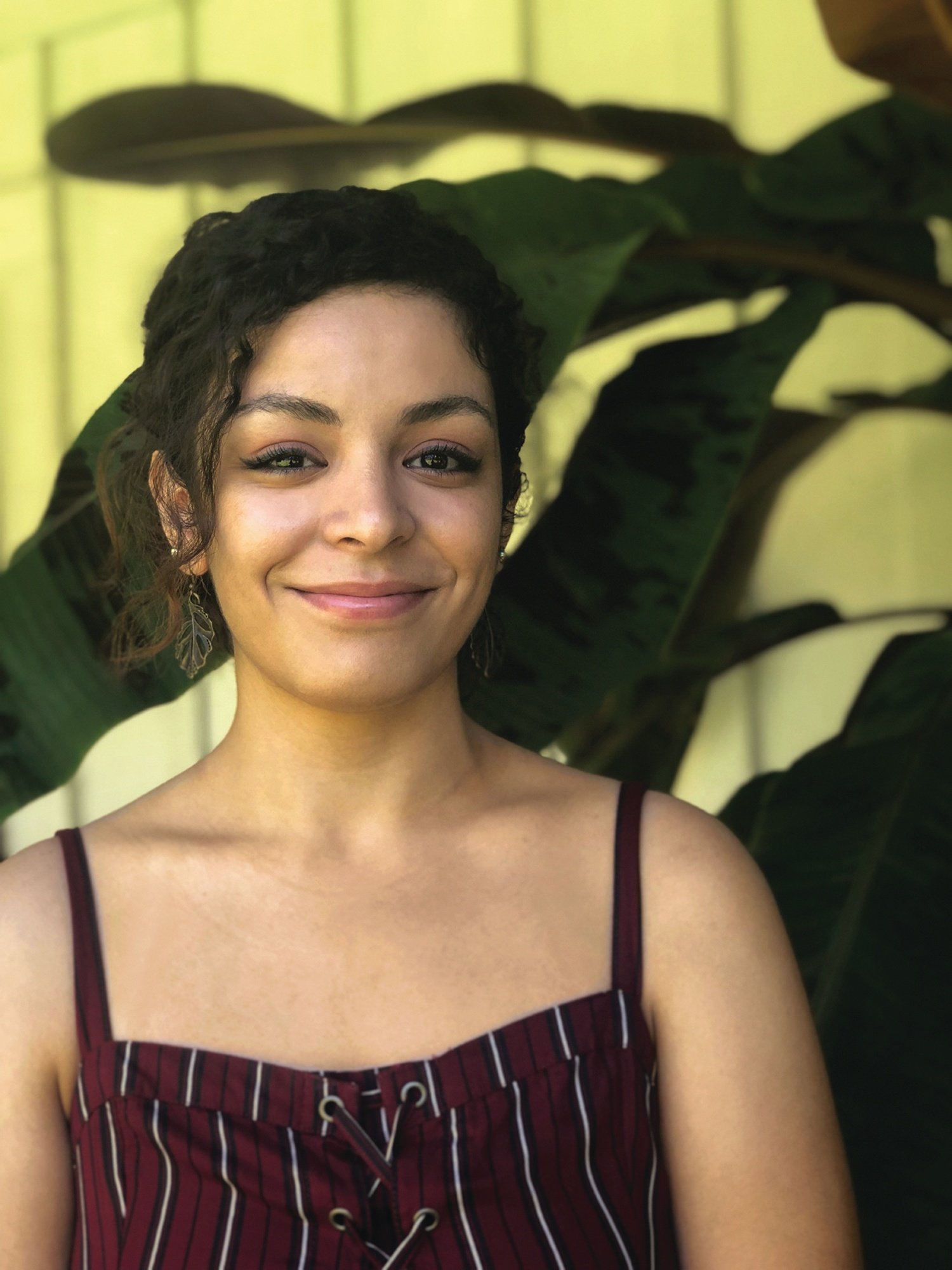Life sucks when you’re twelve. That’s according to Manuela “Mani” Semilla, the main protagonist of Anna Lapera’s debut middle grade novel, Mani Semilla Finds Her Quetzal Voice.
“And what sucks even more than being a half-Chinese-Filipino-American half-Guatemalan who can’t speak any ancestral language well?” Mani asks. “When almost every other girl in school has already gotten her period except for you and your two besties, Kai and Connie. And everybody’s looking at you like you’re still some little girl with no real-life knowledge to go with those big, stupid, purple-framed glasses.”
Right now Mani is laser-focused on two things: getting her period, and trying to foil her mom’s plan of bringing her to Guatemala on her thirteenth birthday. But first periods don’t arrive when you want them to. And at home and at school, Mani struggles with finding what her grandmother calls her quetzal voice. Abuelita always likens Mani to the Guatemalan quetzal bird – “rare and powerful.”
Then one day in her family’s attic, Mani stumbles upon secret letters between her mom and her aunt, Beatriz. Mani always heard that her Tía Beatriz died in a bus crash. But these letters point to other truths, and even more stories about violence against women – thrusting Mani on a journey to learn about not just her family, but herself. She begins to make certain connections to a culture of sexual harassment in her school. Can Mani build the courage and learn to stand up against it?
Out on March 5 from Levine Querido, Mani Semilla Finds Her Quetzal Voice is a kaleidoscopic story about feminism, female empowerment, activism, and so much more. This novel is at times hilarious, at times heartbreaking, and at times infuriating as readers are brought into the many trials of middle schoolers.
I loved this novel in part because I related to Mani in some ways. She’s trying to figure out who she is, what her relationship is to her mom’s native country – and in what shape her activism can take. Lapera brings a sharp eye toward injustices against girls and women with heart and the right dose of humor.
Latinx in Publishing spoke with Lapera about the inspiration behind Mani Semilla Finds Her Quetzal Voice, what it was like to thread in themes like activism, and more.
This interview has been edited for clarity and brevity.
Amaris Castillo (AC): Congratulations on Mani Semilla Finds Her Quetzal Voice. What inspired you to write this story?
Anna Lapera (AL): This started as a short story. After years of not writing, I took this year-long short story workshop for adult writing. For the very first story, it was like two days before I had to turn something in. I hadn’t written in so long that I really felt stuck. And then someone asked me, ‘Do you remember the first time you got your period?’ And all these memories came back. And I was like, I want to write a period story. There’s a whole list of books about period stories, but not a ton. I think that first time you get your period is worthy of a story, so I want to write that. It started as this super messy 10-page short story about a girl obsessed with getting her period. That’s it. But I had a lot of fun writing it.
In the course of a couple of years, I was lucky enough to do the Musas Mentorship Program as a mentee. I developed this short story into a full-length novel, which was the suggestion from my short story instructor, Ivelisse Rodriguez. She was like, ‘You know, you really write YA. And this should be a novel.’ I hadn’t even considered it. But then it all made sense. And as I wrote the novel, I realized that it was about so much more. Not that just writing about periods isn’t enough. I think there’s so much richness in that. But it did become about more. The period is the way in which the character ends up connecting her family story with the central question to the book, which is: What does it mean to be a feminist? And what that means for the protagonist in her American setting. But then also what it meant to the other women in her life. It ended up being about more than that. But that was the inspiration. That was the original seed.
AC: Your main character, Manuela Semilla, is smart, funny and astute. She has such a keen awareness of her family dynamics and surroundings, yet there are still a lot of things she doesn’t know – among them is her family history as it relates to her Tía Beatriz. What was it like for you to craft this compelling character who stumbles on a piece of her hidden history?
AL: It was really interesting because, at first, Tía Beatriz was a side character. I had thrown it in because what I really wanted to capture was that feeling that I think a lot of kids can relate with: you know you have this big family history that takes place somewhere outside of where you currently are. I just wanted to capture that ambiguity – how sometimes you’re interested in it. Sometimes you’re not. Sometimes you want to know nothing about it. I was like, What can I do to showcase that? Let me just throw in these letters. I loved the idea of her stumbling upon something secret. I had a couple of letters in there, and everyone who read the story or different chapters were like, ‘These letters are great. Can we see more of them?’ So I was like, ‘Fine, I’ll throw in another letter here and there.’
And then as I did that, I started to realize that that was such a huge part of the story. It’s through those letters that Mani learns about Guatemalan history – the good and the bad. The bad as in what was happening to activists, especially women, and the issue of femicide. But I also wanted to make sure that, through the letters, she also sees a side of Guatemala that’s really beautiful. A side of Guatemala that people in her family loved. I tried to do a mix of that because I also wanted to be careful. I would say that, especially in US schools, Central American history isn’t really taught. I would say the average person does not know a lot about Guatemala. And so I wanted to be careful with how I portrayed it while also being very authentic with how Mani experiences it. At first she’s like, Why would I want to go there? This was happening? And then later, it starts to pique her interest and she sees, like any place, the beautiful and the ugly really going together.
I’m not a journalist. I don’t have a journalism background, but I love writing about journalists and I love journalists. In everything I write there’s always a journalist. It’s really funny. But I did think, How can I best convey what it is I wanted to write about? Which was violence against women in an extreme form, and then also in a seemingly not extreme form. Because that’s where she starts to make the connection. She reads these letters and she’s like, Wait, is this all that different from what I see going on? And of course, it’s different – but at one point, Mani poses that question: Is it all part of the same thread? Is it all the same culture of harassment that will eventually support something like that?
“It was also important for me as a teacher who has seen, especially since COVID, an uptick in violence in schools and just not wanting for that to be normalized. It matters a lot to me that kids feel physically safe in school, and so I wanted to shed light on a group of kids who think that is a worthy cause to fight for: the right to feel physically safe in schools. That their bodies are safe.
”
AC: Your book touches on many themes – among them activism, feminism, coming–of-age. Why was it important for you to focus on these for this particular story?
AL: I love coming-of-age stories. I love reading them. They’re literally my favorite kind of story. It was important for me to mix that with feminism and activism because I wanted to showcase a girl that’s really learning how to step into her activism, and how it’s super messy. She doesn’t always get it right. I definitely didn’t write it in a way so that everyone could be cheering her every move. She definitely messes up along the way. But eventually she ends up finding what her most authentic form of activism is. And of course, largely inspired by her Tía Beatriz.
It was also important for me as a teacher who has seen, especially since COVID, an uptick in violence in schools and just not wanting for that to be normalized. It matters a lot to me that kids feel physically safe in school, and so I wanted to shed light on a group of kids who think that is a worthy cause to fight for: the right to feel physically safe in schools. That their bodies are safe. And so it was important to me on a personal level, but then I also thought it fit Mani’s arc and her journey and her own coming-into-activism story.
AC: You do a tremendous job of weaving in pieces of Guatemalan history, particularly women’s movements in Latin America. Tell us about your research. Did you learn anything new or surprising while conducting research for Mani?
AL: It wasn’t a lot of heavy research. A lot of it was things that I knew just from having been born in Guatemala, and of course, all the stories you hear. I had also studied Latin American studies and always focused on that in every class. I did a really amazing study abroad in Argentina and Uruguay that focused on women’s movements. Even though those are different countries, it made me read up on women’s movements in all of Latin America, especially Guatemala. But I had always focused on the ‘70s and ‘80s. And so I didn’t know a lot about the ‘90s.
Just in my research, I came upon this singer, Rebeca Lane. Mani is obsessed with this Mexican-Costa Rican singer, Chavela Vargas. It’s her cousin C.C. who introduces her to a contemporary singer, Rebeca Lane. I ended up making a playlist and I was listening a lot to her. And so then Mani starts to reference her in the book. It was really cool for me to hear and read about women today in these last few years, who are singing and are women’s rights activists – and also still actively working to stop violence against women.
AC: What are you hoping readers take away from Mani Semilla Finds Her Quetzal Voice?
AL: A lot of things. One: I hope it inspires people to write more period stories, even though that’s one thread of the book. I also hope it inspires kids to see that there are so many ways to be an activist, and you just have to choose the one that’s right for you. It doesn’t mean you have to be the loudest. It doesn’t mean you have to be the face of whatever movement you’re doing. There’s growing pains associated with that. It’s a process. Everyone that wants to be an activist has their own journey and an arc of getting there.
But also that everyone’s body deserves to be respected in schools. That whole idea of, ‘Oh, that’s not a big deal’... as teachers we hear that a lot: ‘Oh, no I’m not going to report that. It’s not a big deal. It’s just whatever. That happens all the time.’ That shouldn’t be normalized. So I definitely want readers to walk away feeling like the things that you feel like no one will hear you on are worth speaking up about. And also, I want more people to look up Guatemala.
Anna Lapera teaches middle school by day and writes stories about girls stepping into their power in the early hours of the morning. She is a Pushcart Prize nominee, a Tin House and Macondo Writer’s Workshop alum, a member of Las Musas and a past Kweli Journal mentee. When she’s not writing, you can find her visiting trails, independent bookstores and coffee shops in Silver Spring, Maryland where she lives with her family.
Amaris Castillo is an award-winning journalist, writer, and the creator of Bodega Stories, a series featuring real stories from the corner store. Her writing has appeared in La Galería Magazine, Aster(ix) Journal, Spanglish Voces, PALABRITAS, Dominican Moms Be Like… (part of the Dominican Writers Association’s #DWACuenticos chapbook series), and most recently Quislaona: A Dominican Fantasy Anthology and Sana, Sana: Latinx Pain and Radical Visions for Healing and Justice. Her short story, “El Don,” was a prize finalist for the 2022 Elizabeth Nunez Caribbean-American Writers’ Prize by the Brooklyn Caribbean Literary Festival. She is a proud member of Latinx in Publishing’s Writers Mentorship Class of 2023 and lives in Florida with her family and dog.




